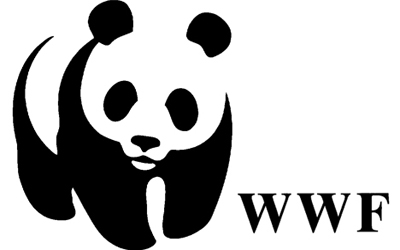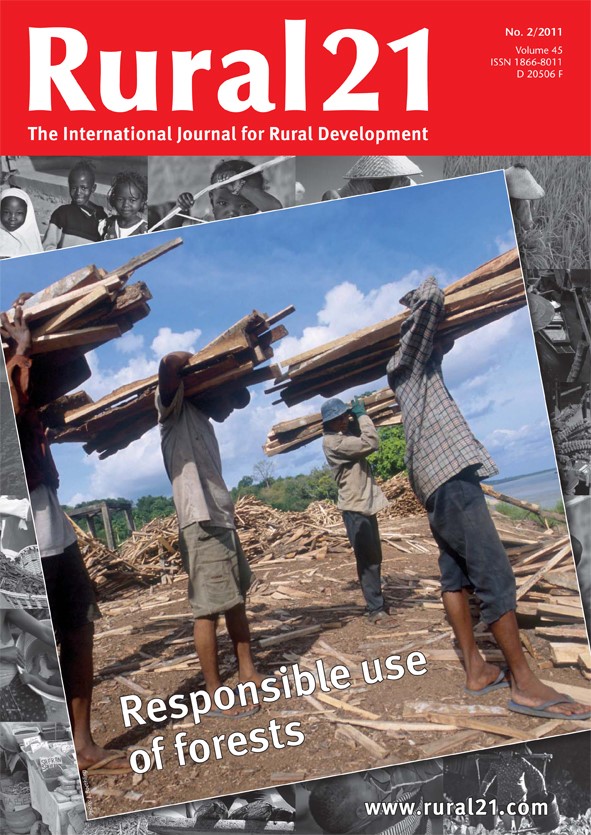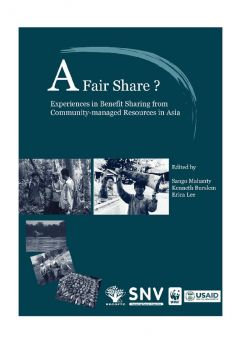Adepte d'une philosophie basée sur le dialogue et le respect de l'autre, le WWF oeuvre quotidiennement pour que dans un avenir proche, le développement humain puisse se faire en harmonie avec la nature.
Members:
Resources
Displaying 16 - 20 of 61Our precious resource
The importance of forests for climate change mitigation and species conservation, as water stores and oxygen producers, soil protectors and humus providers, is well known. However, over 13 million hectares of forest are lost each year, mainly in the tropics.
Green light for REDD+
Every year, 13 million hectares of forest are lost worldwide; that is an area the size of Austria and Switzerland combined. 90 percent of this deforestation involves tropical forests. Forest loss has devastating effects on the climate and is the source of between 15 and 20 percent of global greenhouse gas emissions. If global warming is to be kept below the critical threshold of two degrees Celsius, forest loss and degradation must be halted without delay
A Fair Share? Experiences in Benefit Sharing from Community-Managed Resources in Asia
This book captures the main lessons and issues emerging from national and regional discussions on 'benefit sharing.' It also presents one case study from each country, selected to highlight issues in different sectors. As we struggle to find ways to strengthen the poverty reduction potential of CBNRM, we hope that this book offers some practical areas to target for future action.
Irrawaddy moist deciduous forests (IM0117)
Biome: Tropical and Subtropical Moist Broadleaf Forests...
Size: 53,400 square miles...
Conservation Status: Vulnerable.....
Introduction:
"Like many of the region's lowland forests, the Irrawaddy Moist Deciduous Forests [IM0117] ecoregion has been intensively cultivated and its forests converted over hundreds of years. As a consequence, most of the region's biodiversity has been extirpated, and because of political forces over the past few decades very little current information on the biodiversity status of this ecoregion is known.
Description
Myanmar coastal rain forests (IM0132)
Biome: Tropical and Subtropical Moist Broadleaf Forests...
Size: 25,700 square miles...
Conservation Status: Vulnerable.....
Introduction:
"The Myanmar Coastal Rain Forests [IM0132] are a diverse set of climatic niches and habitats that include flora and fauna from the Indian, Indochina, and Sundaic regions. Though low in endemism, this ecoregion has a tremendous species diversity. However, the forests have been increasingly destroyed to make way for agriculture, and poaching has become the dominant threat to the remaining wildlife populations.




